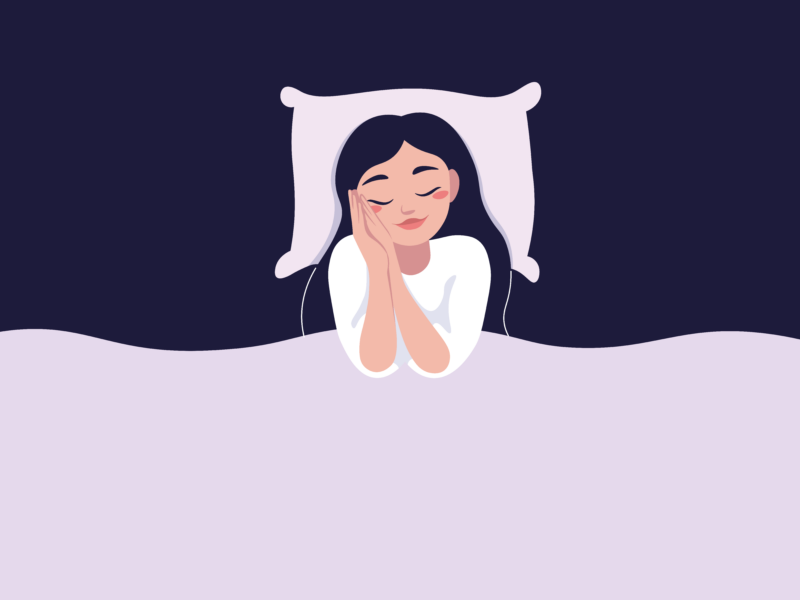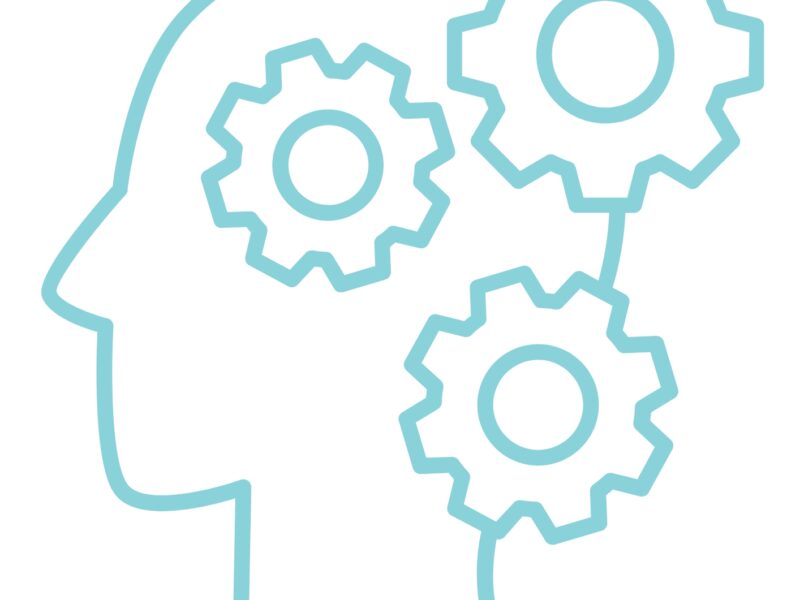Dear colleagues and Compassionate Community advocates,
The Covenant Health Palliative Institute is pleased to announce the release of My Wishes Alberta: Planning for My Care. My Wishes Alberta is a fillable workbook that helps people identify what’s important to them in their life, health, and personal care. It guides people through the “think” step of advance care planning, prompts them to start conversations with their health care providers and the people who matter most to them, and leads them to additional advance care planning resources.

Completing this workbook will help prepare Albertans to make decisions about their care—now or in the future—and help equip others to make decisions on their behalf if they’re unable to do so themselves.
Thinking and talking about what matters most:
• Gives people a say in their care even if they’re unable to speak for themselves.
• Reduces conflict and stress when care decisions need to be made.
• Helps health care providers offer the best possible care.
My Wishes Alberta is adapted from Canadian Virtual Hospice (CVH)’s Coming Full Circle booklet and was developed by the Covenant Health Palliative Institute in partnership with CVH and a national circle of Elders and Knowledge Carriers. It also benefitted from the advice of an Alberta working group. Thank you to everyone who contributed to the development of this resource.
Did you find this workbook helpful? A link to an online survey is included at the end of the workbook; we’d love to hear what you think.
Please use My Wishes Alberta and share it widely with any organizations or individuals who might be interested. Thank you for your support!
The Palliative Institute
For more information, please visit this link: https://compassionatealberta.ca/plan-ahead/my-wishes-alberta-workbook





